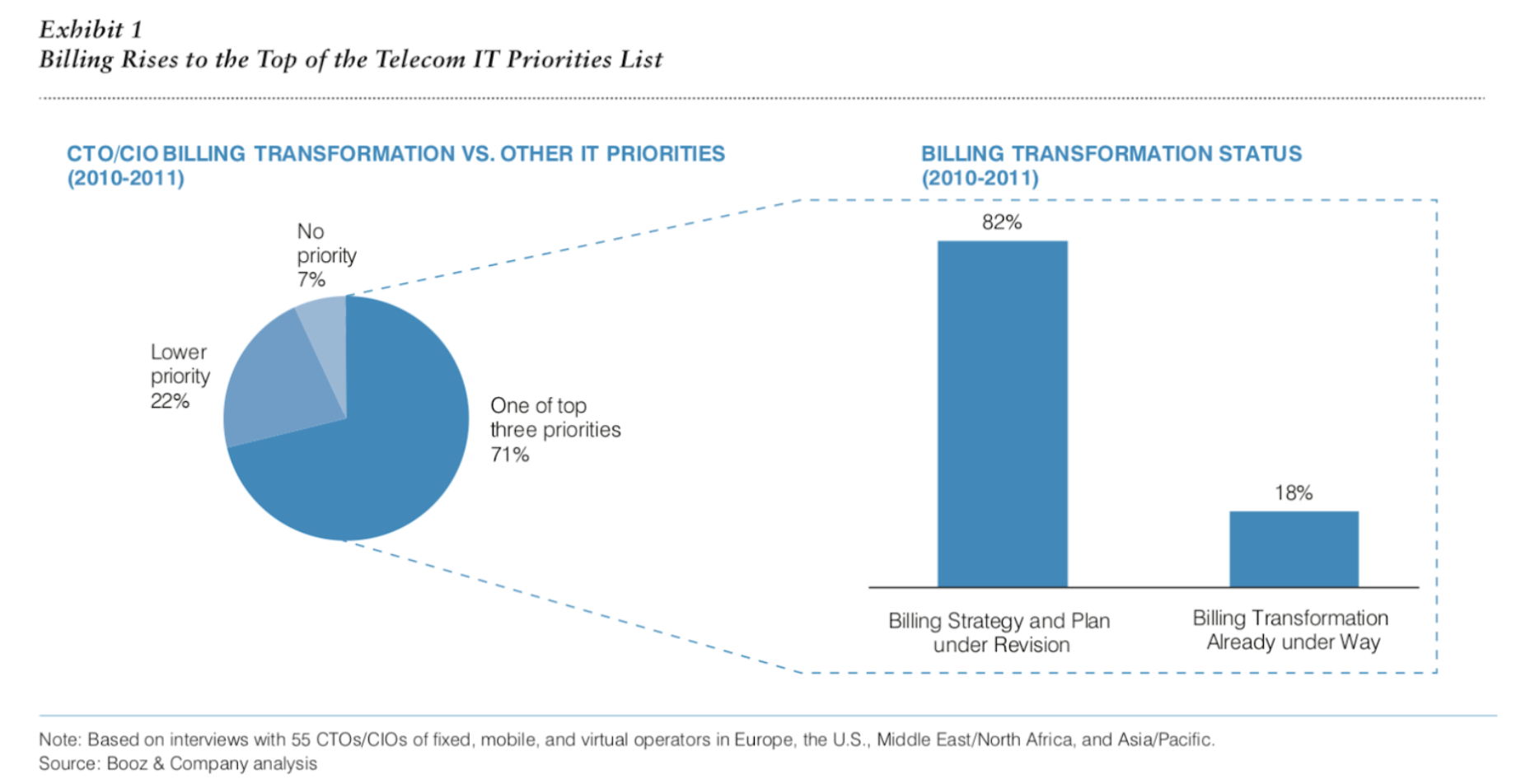The billing system as the cornerstone of any Telecom company
During the past few years, the rise and fast development of the network connections have dramatically changed the ways we communicate, and Telecoms are in the center of that change. Suddenly, Telecoms not only have the opportunity but also the urge of offering new products to their demanding customers –from 4G and soon 5G networks, to IoT, streaming video, Big data and smart devices.
Indeed, new technologies have opened big business opportunities, but in order to convert these opportunities into revenue, Telecom companies must put the focus on something that they seemed to have undervalued during the last two decades –their billing system.
The importance of focusing on billing
The billing system is the backbone of any Telecom company. Traditionally, old telephone companies only needed to focus on gathering the Call Detail Records (CDR), assign those records to an account and bill the customer according to that data.
With the rise of the Internet, things got a bit more complicated; suddenly we had different voice and data plans to choose from, pre or post payment, roaming, flat fee rates, etc. The Internet boom of the 90s compelled Telecoms to create brand new billing systems and business models to adapt their companies to the modern times.
Nowadays, most Telecoms are still using updated versions of those systems designed in the 90s. But they are not enough anymore. The urge of giving customers a better experience has not been extended to the process of billing customers for those new products and services. However, many Telecoms are beginning to turn the focus back to their billing system.
What's changing Telecom billing?
Here are a few aspects that may help us understand what's going on and what may we expect to see in billing systems in the near future:
– Flexibility: more complex services and products require a more complex pricing structure. Flexibility is key in a scenario that's not only complex but also open and subject to constant changes.
– Convergence: customers want to receive one single bill each month, even when they are using several products at the same time –pre-pay and post-pay services, TV, mobile connections, wi-fi, in-app charges, devices rental… Telecoms must put everything on the same pack and bill it all together –this may seem obvious to a profane but has an extreme complexity when we talk about doing it in a way that combines efficiency and low costs.
– Customer service: The billing system cannot be limited to calculate fees and send invoices. It should also be capable of using all the data gathered during the billing process, analyze it in real time and use it to improve the user's experience as well as to design new products based on what customers demand.
– Network optimization: billing may and should be used to optimize the efficiency of the network –for example, offering lower prices during daytimes with less traffic.
Artificial Intelligence, cloud services, and big data will surely be the main actors in these billing systems. As a result, better, more efficient organization of the networks, enhanced products and services, user experience and therefore user's fidelity… all those aspects will depend on a great measure in the way a company will be able to transform and adapt its billing system in the next few years.
Image credit: pwc
